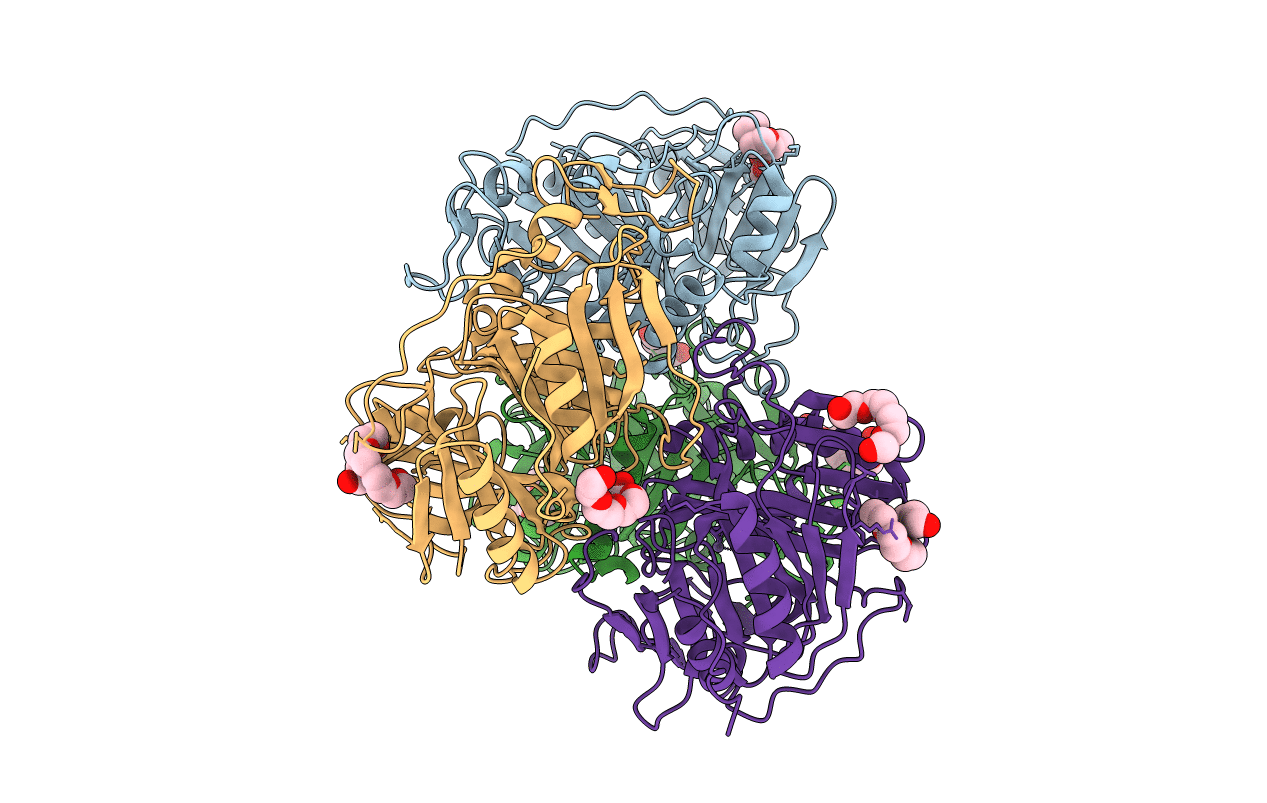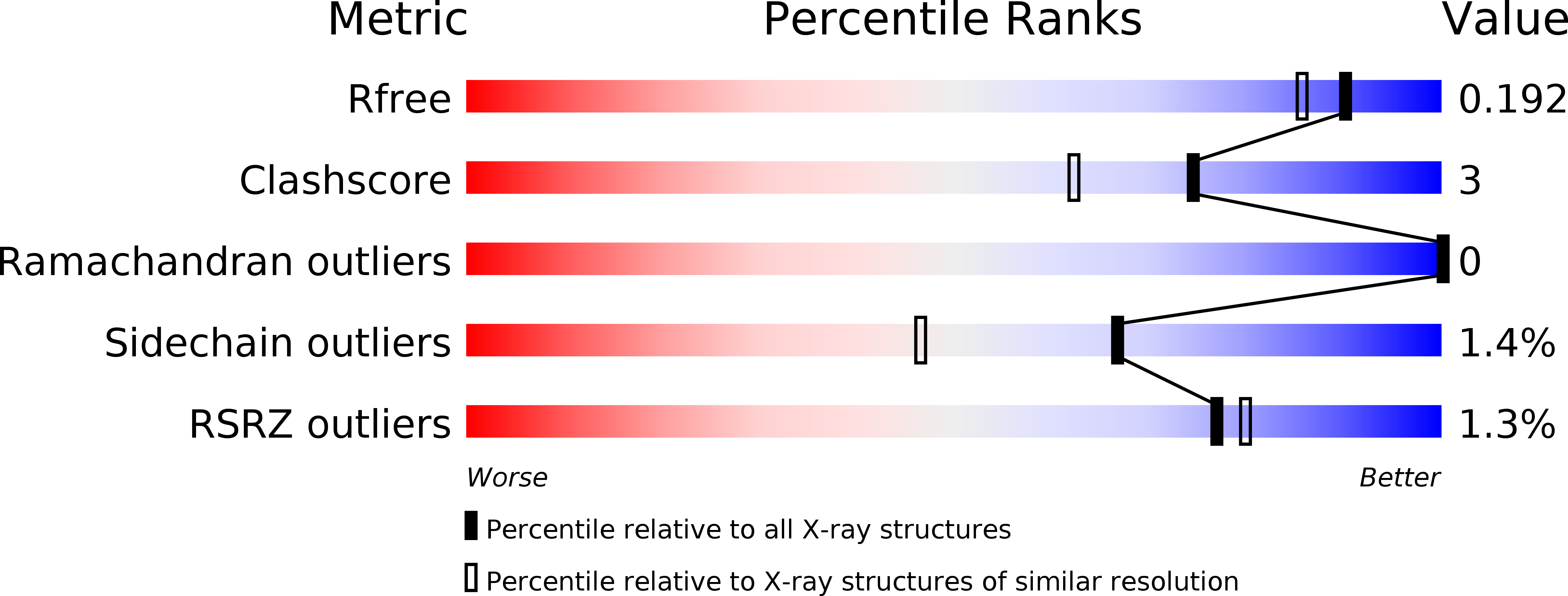
Deposition Date
2010-08-23
Release Date
2010-12-29
Last Version Date
2023-09-06
Entry Detail
PDB ID:
3OJN
Keywords:
Title:
Structure of Mn-substituted Homoprotocatechuate 2,3-Dioxygenase at 1.65 Ang resolution
Biological Source:
Source Organism:
Brevibacterium fuscum (Taxon ID: 47914)
Host Organism:
Method Details:
Experimental Method:
Resolution:
1.65 Å
R-Value Free:
0.17
R-Value Work:
0.14
R-Value Observed:
0.14
Space Group:
P 21 21 2


